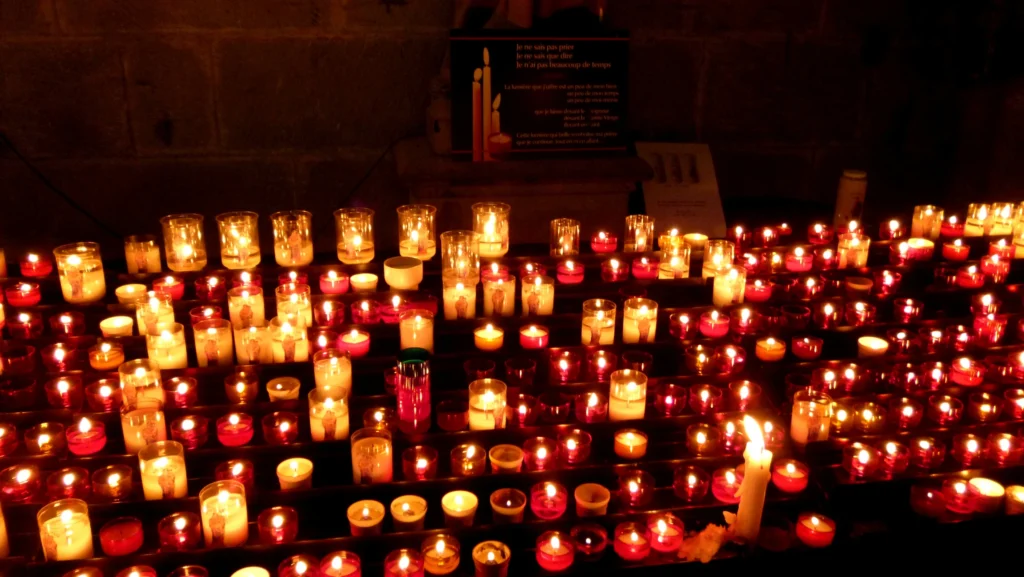
All Saints Day
All Saints' Day is a very multifaceted holiday whose history is in a way hidden in obscurity. But as a Christian tradition, it has proven to be unusually multifaceted and vibrant. This has made it celebrated in many different ways depending on where you are in the world.
We have looked at All Saints' Day and seen what sets it apart.
A common but misunderstood day
The origin of All Saints' Day is typically considered to be the ecclesiastical ambition to draw the attention of saints and martyrs to their sacrifices. All Saints' Day is a Christian holiday that celebrates the lives of all saints. Exactly when it is celebrated varies between different places in the world, but it typically takes place on November 1 or sometime between October 31 and November 6.
But what exactly is a saint? A saint is a person who has been recognized by the Church as having attained a very high level of holiness and virtue.
Over time, however, All Saints' Day has become more of a general attention of the people who have left earthly life. Whether it's about saints or our own loved ones. Therefore, the contemporary celebration of All Saints' Day is very closely linked to cemetery visits. Lighting candles and visiting graves is considerably more common than actually spending time in church.
In many places, the day is probably more associated with Halloween, even though they are not really connected other than that they occur one after the other. This is typically considered to be the result of a linguistic interconnection.
All Saints' Day continues to be a popular holiday, but is celebrated in many different ways. In our own time, it has probably in many ways faced great competition from Halloween, even though these two phenomena have completely different origins.
